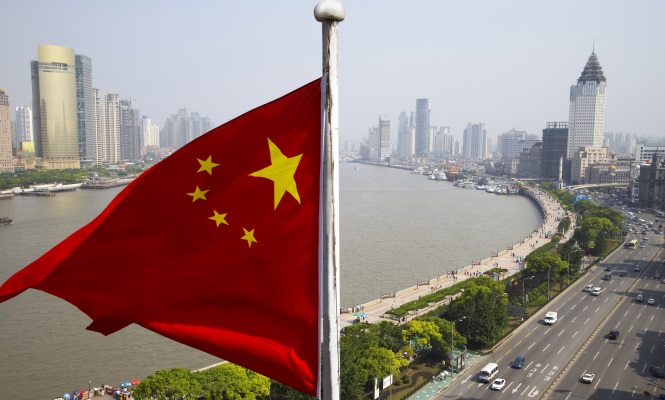By Houze Song

China’s latest plan for state-owned enterprise reform, released in Beijing earlier this week, contains many interesting ideas on how to improve the performance of SOEs. Among other things, the plan calls for more “mixed ownership” of state-owned enterprises, encouraging private investment that in theory will improve state-owned companies’ efficiency. However, in and of itself, the document will do little to boost China’s growth prospects. The reason is simple: making monopolies more efficient will not solve the fundamental problems—an unequal playing field being the most important—that are holding back progress.
The new reform plan doesn’t shed much light on the extent to which Beijing would introduce more market discipline on SOEs. Many of the new policies outlined in the new plan could be either negative or positive, depending on the degree of market competition that is permitted. One example would be the introduction of employee stock ownership (Article 19). Employee stock ownership is crucial for aligning the incentives of individual employees with those of their employer. However, this is a good thing only when the firm is in a competitive business. In a sector where entry is controlled by the government, profit has most to do with government regulation and little to do with employees’ effort. Under such an environment, granting shares to employee is basically a transfer of wealth from the firm to individuals with no clear benefit to either the company or the society. In China’s case, a transfer from the firm to employee is actually a redistribution of wealth away from the people, as all SOEs are, in theory, fully owned by the people.
A related example of why the new plan won’t stimulate dramatic improvement in China’s economic performance is the guideline for state-owned enterprise managers’ performance evaluation highlighted in the new document. Except for a few so-called “public interest” SOEs, the document states that all SOEs should be evaluated mostly based on their profit metrics (Article 5). But the concept of profit only makes sense under a truly competitive market environment. The profit earned by a monopoly is not only a redistribution from the rest of the economy, but also brings enormous distortions to the society. Only under a competitive environment does profit mean the creation of additional value.
Based on the SOE reform document alone, it is still hard to tell whether the plan will lead to more or less competition for SOEs. On the positive side, the document states that all commercial SOEs should be subjected to competition pressure (Article 5), and that foreign and private capital will be granted some access to previously closed sectors, such as oil and gas (Article 17). But in the opening paragraph of the document, the goal of reform is stated as strengthening, improving and expanding state-owned enterprises. It is hard to envision a scenario in which you could pursue market-oriented reform while bolstering SOEs. And people could not help asking: if the market forces SOEs to shrink, which one will Beijing abandon: reform or SOEs?
The bottom line is that without further de-monopolization, SOE reform can’t do much to improve China’s economic fundamentals. Although the document calls for greater market discipline for SOEs, it doesn’t provide any detail on how China expects to achieve this. My concerns clearly are widely shared: China’s main stock index dropped by more than 2% on the first trading day after the SOE reform document was released. For the SOE reform plan to deliver concrete benefits, Beijing needs to show its resolution about introducing real market competition to the economy.
[contentblock id=24 img=gcb.png]


